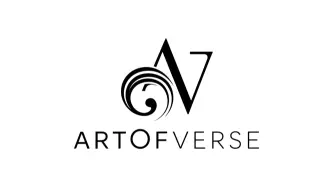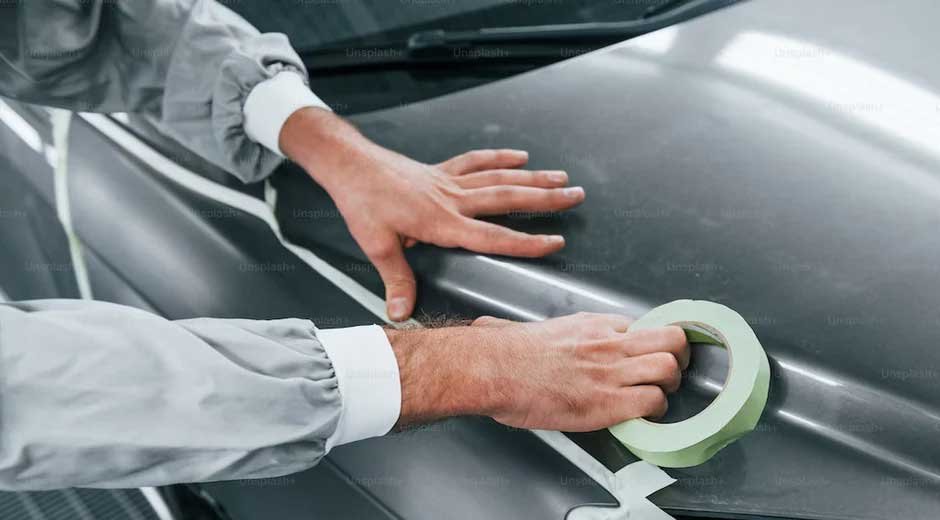When it comes to maintaining the appearance and longevity of your vehicle’s paint, two terms often come up: ceramic coating and paint correction. Both services offer significant benefits, but they serve different purposes and are suited for different situations. In this article, we will explore the differences between ceramic coating and paint correction, helping you determine which option is right for your vehicle.
Understanding Paint Correction
What is Paint Correction?
Paint correction is a meticulous detailing process designed to restore a vehicle’s paint surface by removing imperfections such as swirl marks, scratches, oxidation, and other blemishes. This process typically involves multiple stages, including:
- Assessment: A thorough inspection of the paint to identify areas that require correction.
- Cutting: Using abrasive compounds and polishers to remove a thin layer of clear coat, effectively eliminating deeper scratches and imperfections.
- Polishing: Applying finer compounds to refine the surface, enhancing gloss and clarity.
- Finishing: Adding a protective sealant or wax to safeguard the newly corrected paint.
Benefits of Paint Correction
- Restores Aesthetic Appeal: Paint correction can significantly enhance the visual appeal of your vehicle, making it look new again.
- Increases Resale Value: A vehicle with a flawless paint job is more attractive to potential buyers, making paint correction a wise investment if you plan to sell your car.
- Extends Lifespan of Paint: By removing contaminants and imperfections, paint correction helps protect the integrity of the paint and clear coat, prolonging their lifespan.
Understanding Ceramic Coating
What is Ceramic Coating?
Ceramic coating is a liquid polymer applied to the exterior of a vehicle. It chemically bonds with the paint, creating a protective layer that offers several benefits. Unlike traditional waxes or sealants, which sit on the surface, ceramic coatings provide a long-lasting shield against various environmental factors.
Benefits of Ceramic Coating
- Durability: Ceramic coatings are known for their longevity, often lasting several years when properly maintained. This makes them a popular choice for those seeking a long-term protective solution.
- Hydrophobic Properties: Ceramic coatings repel water, causing it to bead and roll off the surface. This hydrophobic effect helps prevent water spots and makes washing your vehicle easier.
- UV Protection: Ceramic coatings provide a barrier against harmful UV rays, which can cause paint to fade and oxidize over time.
- Enhanced Gloss and Shine: The application of ceramic coating enhances the overall appearance of your vehicle, providing a deep, glossy finish.
Key Differences Between Ceramic Coating and Paint Correction
Now that we have a clear understanding of both services, let’s explore the key differences between ceramic coating and paint correction.
Purpose and Function
- Paint Correction: The primary purpose of paint correction is to restore the vehicle’s paint surface by removing imperfections. It focuses on enhancing the aesthetics of the paint and preparing the surface for any protective layer.
- Ceramic Coating: Ceramic coating serves as a protective layer that shields the paint from environmental damage. It is typically applied after paint correction to enhance and maintain the vehicle’s appearance over time.
Process and Time Investment
- Paint Correction: This process is labor-intensive and can take several hours to a full day, depending on the extent of imperfections and the level of correction needed.
- Ceramic Coating: Applying ceramic coating usually takes less time than paint correction, typically requiring a few hours. However, it’s essential that the vehicle undergoes paint correction before the coating application for optimal results.
Longevity
- Paint Correction: While paint correction can improve the appearance of your vehicle, it does not provide long-term protection. Without additional protective measures, imperfections can reappear over time.
- Ceramic Coating: Ceramic coatings offer a long-lasting solution, often protecting your vehicle’s paint for several years, depending on the quality of the product and maintenance.
Maintenance Requirements
- Paint Correction: After paint correction, regular maintenance is necessary to keep the paint looking its best. This includes washing techniques, waxing, and regular inspections for new imperfections.
- Ceramic Coating: While ceramic coatings require less frequent waxing, they still need proper maintenance. Regular washing with pH-neutral soap and occasional inspections for any damage are essential to maintain the integrity of the coating.
Which Option is Right for Your Vehicle?
Deciding between paint correction and ceramic coating ultimately depends on your vehicle’s current condition and your long-term goals for its appearance.
- If Your Vehicle Has Significant Imperfections: If your vehicle’s paint is marred by scratches, swirl marks, or oxidation, paint correction is the first step you should consider. This process will restore the paint to its original condition and prepare it for the application of a protective layer.
- If You Want Long-Term Protection: After paint correction, applying a ceramic coating can provide long-lasting protection against environmental factors, making it an excellent choice for those who want to maintain their vehicle’s appearance over time.
- Budget Considerations: Both services represent an investment in your vehicle’s care. If your budget allows for both paint correction and ceramic coating, this combination can yield the best results. If you’re limited in budget, focus on paint correction first and consider ceramic coating later as a follow-up service.
- How You Use Your Vehicle: If your vehicle is exposed to harsh conditions or you frequently drive in environments that could damage the paint, investing in both services may be wise. However, if your vehicle is primarily a garage queen or used infrequently, you may choose to prioritize paint correction alone.
Conclusion
Ceramic coating and paint correction are both essential services for maintaining your vehicle’s appearance, but they serve different purposes. Paint correction focuses on restoring the paint’s aesthetics by eliminating imperfections, while ceramic coating provides long-lasting protection against environmental damage. For top-notch auto detailing services in Calgary, visit cardetailcalgary.com to give your vehicle the care it deserves!
By understanding the differences between the two, you can make an informed decision on which service—or combination of services—is right for your vehicle. Whether you choose to invest in paint correction Calgary, ceramic coating, or both, proper care will ensure your vehicle remains a source of pride and joy for years to come.

